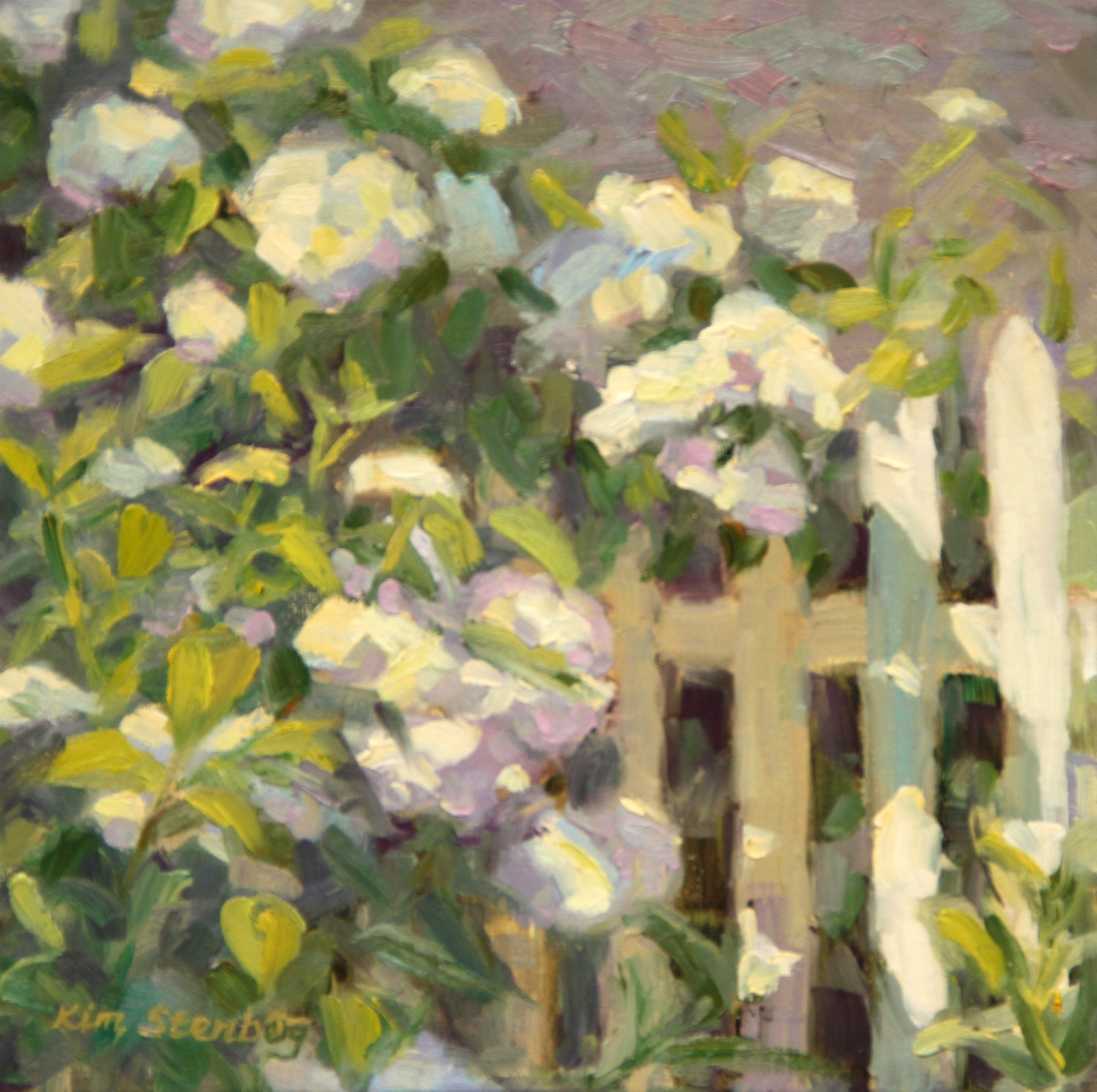
Hydrangea (/ha?'dre?nd?i?/;common brands hydrangea or hortensia) is a genus of 70-75 species of flowering plants native to southern and eastern Asia (China, Japan, Korea, the Himalayas, and Indonesia) and the Americas. Certainly the greatest species diversity is eastern Asia, notably China, Japan, and Korea. Most are shrubs 1 to 3 meters extra tall, however, many are small trees, and others lianas attaining up to 30 m (98 ft) by climbing up trees and shrubs. They can be either evergreen or deciduous, though the cultivated temperate kinds are deciduous widely.Having been introduced to the Azores, H. macrophylla is currently very common, on Faial particularly, which is recognized as the "blue island" due to the multitude of hydrangeas present on the island.Life cycleHydrangea bouquets are created from early spring to late fall months; they develop in flowerheads (corymbs or panicles) frequently at the ends of the stems.

Usually the flowerheads contain two types of blossoms: small non-showy blooms in the center or interior of the flowerhead, and large, showy blossoms with large bright colored sepals (tepals). These showy bouquets tend to be prolonged in a engagement ring, or to the surface of the small flowers. Crops in outdoors populations typically have few to none of them of the showy plants, while cultivated hydrangeas have been selected and bred to have more of the bigger type bouquets.There are two flower arrangements in hydrangeas with Corymb style inflorescens, which include the commonly grown "bigleaf hydrangea"--Hydrangea macrophylla. Mophead plants are large round flowerheads resembling pom-poms or, as the name implies, the head of your mop. On the other hand, lacecap flowers bear round, flat flowerheads with a center core of subdued, small bouquets encircled by outer bands of much larger blooms having showy tepals or sepals.
The bouquets of some rhododendrons and viburnums can seem, initially, just like those of some hydrangeas.Earth and colors acidityIn most species the plants are white, however in some species (notably H. macrophylla), can be blue, red, green, light purple, or dark crimson. In these types the color is affected by the occurrence of aluminum ions which can be found or tied up depending upon the soil pH. For H. macrophylla and H. serrata cultivars, the flower color can be dependant on the relative acidity of the soil: an acidic soil (pH below 7), will have available aluminum ions and typically produce flowers that are blue to purple, whereas an alkaline soil (pH above 7) will tie up aluminum ions and lead to pink or red flowers.
This is caused by a color change of the blossom pigments in the occurrence of aluminium ions that can be taken up into hyperaccumulating vegetation.[6] Reducing the pH of potting soils or mixes usually does not change the flower color to blue, because these soils haven't any aluminum ions. The ability to blue or green a hydrangea is inspired by the cultivar also. Some plants are selected for his or her ability to be blued, while others are bred and selected to be red, pink or white. The flower color of all other Hydrangea species is not afflicted by aluminum and can't be changed or shifted. Hydrangeas also have a nickname called 'Change Rose'.
day, daily painters, small oil painting, floral, flowers, hydrangea

hydrangea stock i 12 x 16 oil painting by pat fiorello $ 650 i

Nel39;s Everyday Painting: Cradled Hydrangea SOLD

Dancing Brush Art by Cheri Wollenberg: Blue Hydrangea in Fruit Jar

Tidak ada komentar:
Posting Komentar